Not being able to copy files to an external drive on a Mac is one of the problems experienced by primary Windows users who find themselves on macOS. When it comes to data and its backup, you may have already come across the number 3. This determines the minimum number of places where you would have your data, which you do not want to lose, backed up. Maybe that's why you bought external storage to back up this data to. But what to do if the Mac cannot record the required data to the disk? To clarify: you should have your data backed up in three places. They are the ones Počítač, in which they are needed for some reason, external storage, which is ideally located away from where the computer is located and cloud. The advantage of external storage is that it is offline, and when it is located, for example, outside the home or office, it is not in danger of being destroyed by natural disasters. The cloud is then a logical solution given the current times. For a small fee, it's a convenient solution that you can access from anywhere - regardless of device or location.
It could be interest you
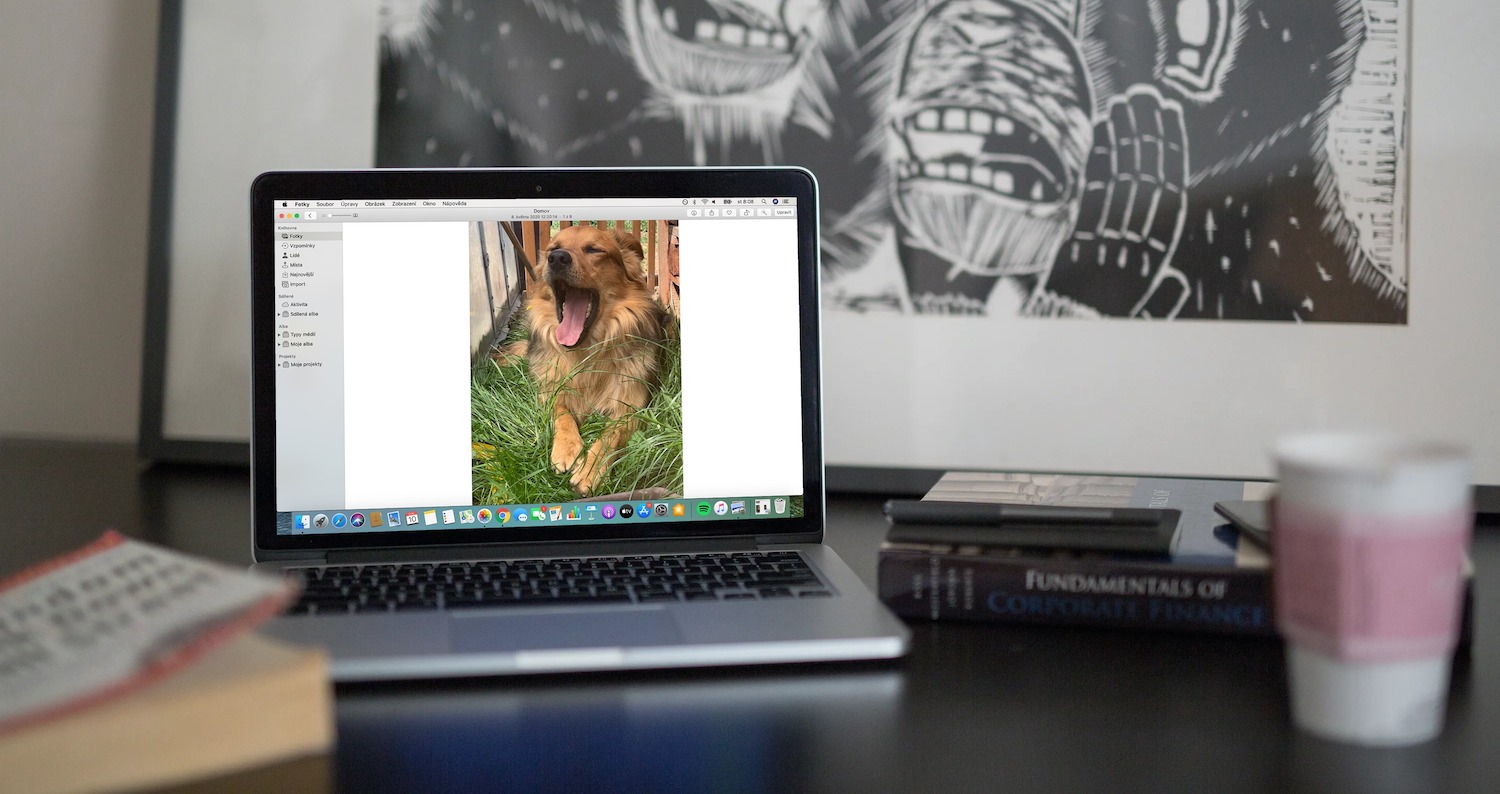
When you buy a new external/hard drive, or even a flash drive, regardless of SSD or HDD technology, whether it has USB-C or just USB, if it doesn't have a note that it's intended for use with Mac computers, you won't be able to connect it upload data. If it already contains some, you will be able to download them, but you will not be able to add others to them. This is because manufacturers can only format the disc in one format. And how many more computers are there in the world? Those with Windows or macOS? Yes, the first answer is correct. Therefore, it is common for the drive to be formatted more for use with the Windows operating system and is therefore in the NTFS format. And he is the one who only gets along with Mac halfway. In the case of a new disk, it is enough to format it, in the case of an already used disk, you must first solve what with the data it already contains, otherwise you will lose it during formatting.
It could be interest you

Can't copy files to external drive on Mac: What to do?
- Open the application Disk Utility.
- By default, you can find it in Launchpad in the folder Other. You can use to start spotlight.
- You should already be here on the left view connected disk. If not, select an option View -> Show all devices.
- On the sidebar select the disk, which you want to format.
- Click the button Delete on the toolbar.
- Click the context menu Format.
- Select one of the options below. You will learn more about the formats at the end of the article.
- MS-DOS (FAT): Choose this format ideally if the disk is not larger than 32 GB.
- exFAT: Choose this format ideally if the disk is larger than 32 GB.
- Enter the desired name, which cannot be longer than 11 characters.
- We note once again that confirmation will delete all data from the formatted disk!
- Click on Delete and then on Done.
What do the different formats mean?
NTFS
NTFS (New Technology File System) is the name in computer science for the file system developed by Microsoft for its Windows NT series operating systems. The NTFS file system was designed in the late 80s as an extensible file system that can be adapted to new requirements. When developing NTFS, Microsoft used knowledge from the development of HPFS, on which it collaborated with IBM.
FAT:
FAT: is an abbreviation of the English name File Allocation Table. This is a table containing information about disk occupancy in a file system created for DOS. At the same time, the mentioned file system is referred to as such. It is used to find the file (allocation) that is written to the disk.
FAT32
In 1997, a version called FAT32. Returns 32-bit cluster addresses where the allocation unit number uses 28 bits. This increases the partition size limit to 8 TiB for a 32 kiB cluster and the file size to 4 GB, so it is not suitable for storing large files such as DVD images, large video files and the like. We do not recommend using FAT32 these days, precisely because of the limit of the maximum size of a single file, which is 4 GB.
exFAT
In 2007, Microsoft introduced a patented exFAT. The new file system was simpler than NTFS and similar to FAT, but was not fully compatible. Support started with Windows 7 in 2009. The exFAT system is mainly used for SDXC cards. You can easily upload files larger than 4 GB to it, which is not possible with FAT32.
It could be interest you
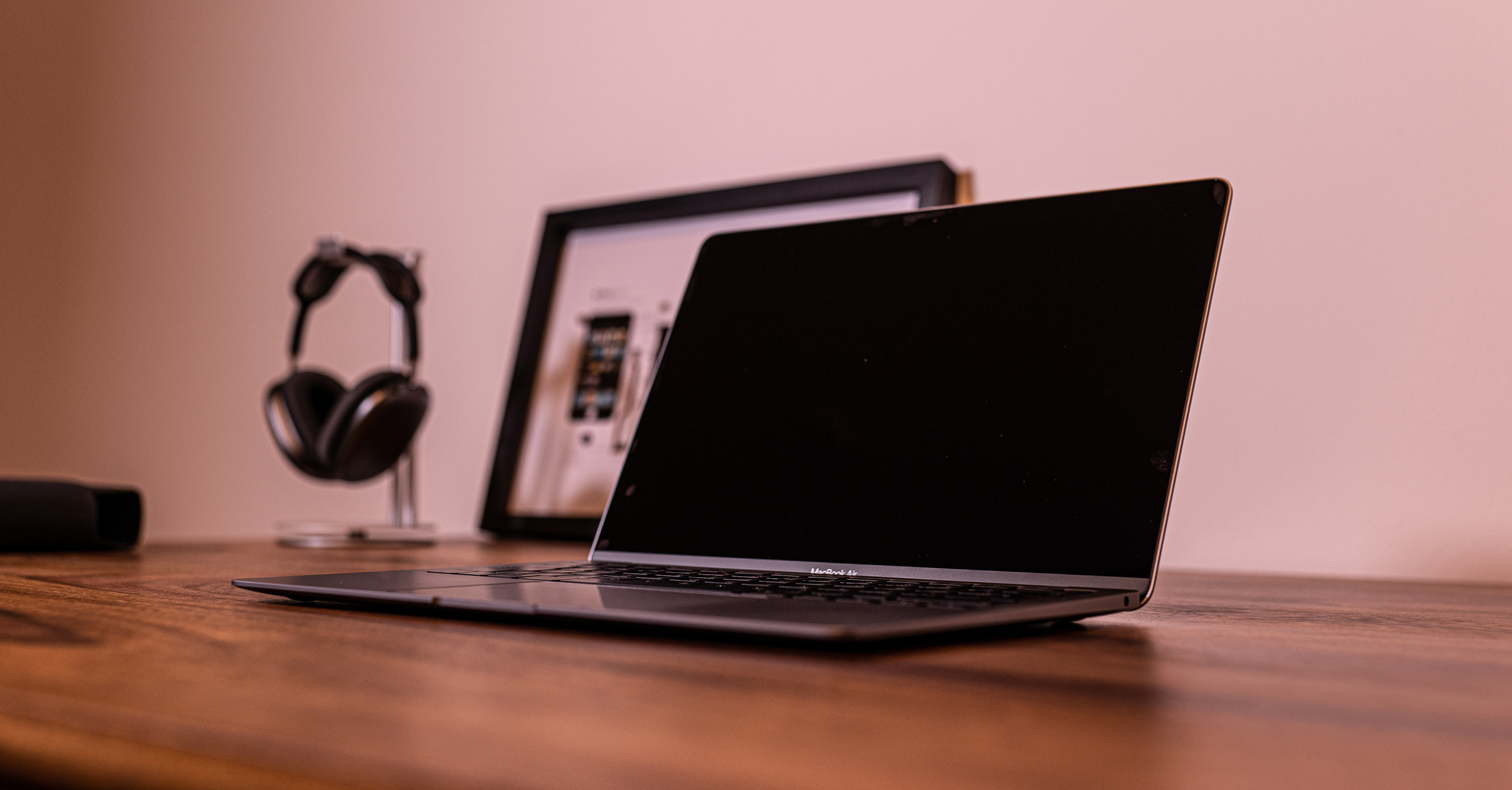


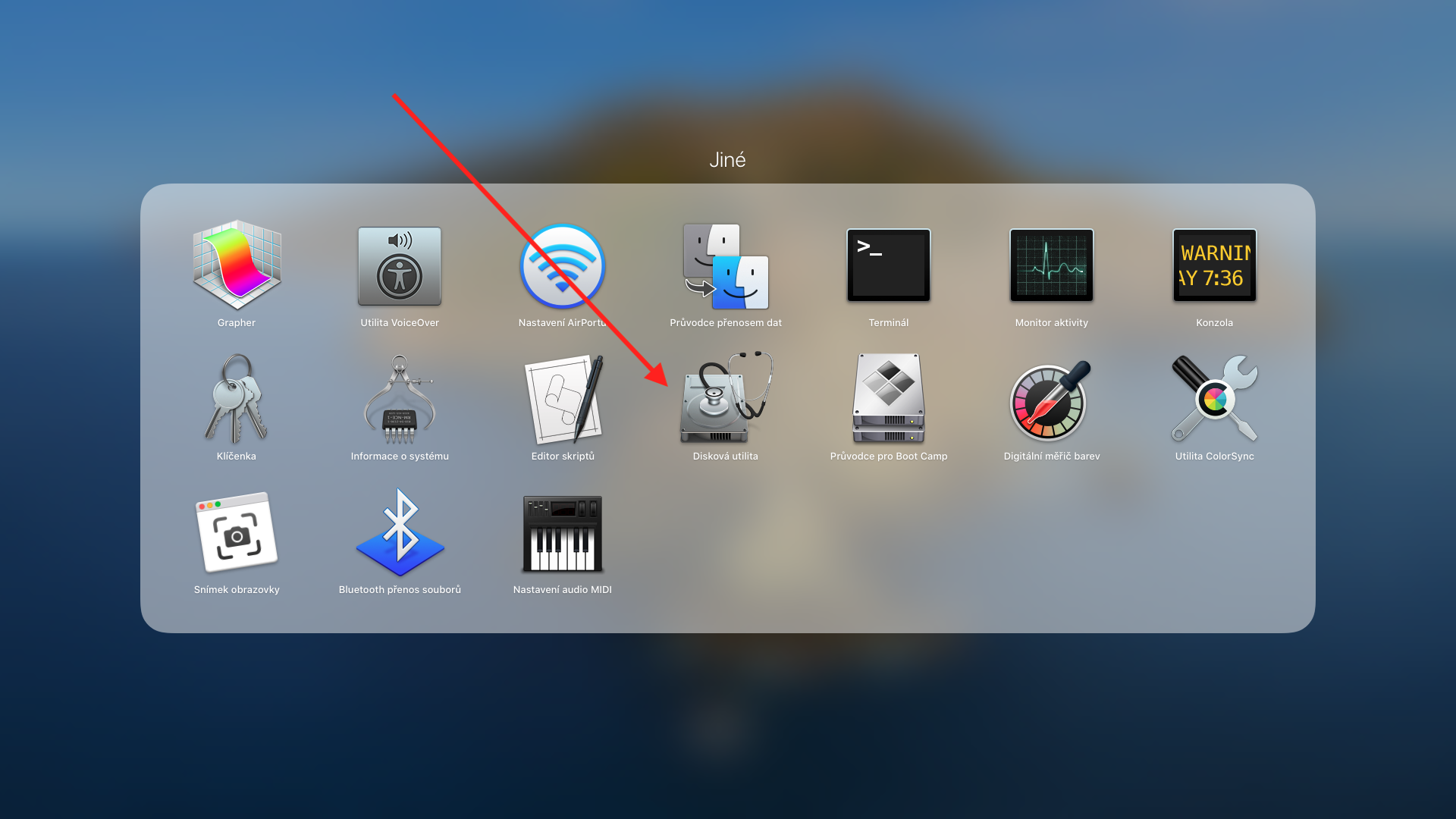
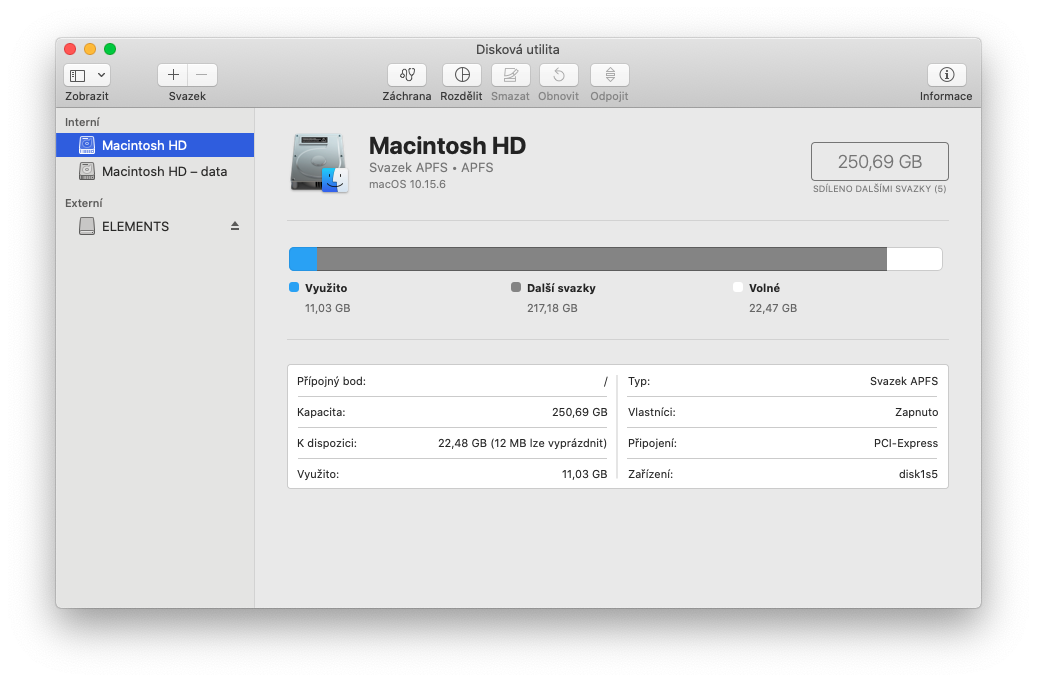
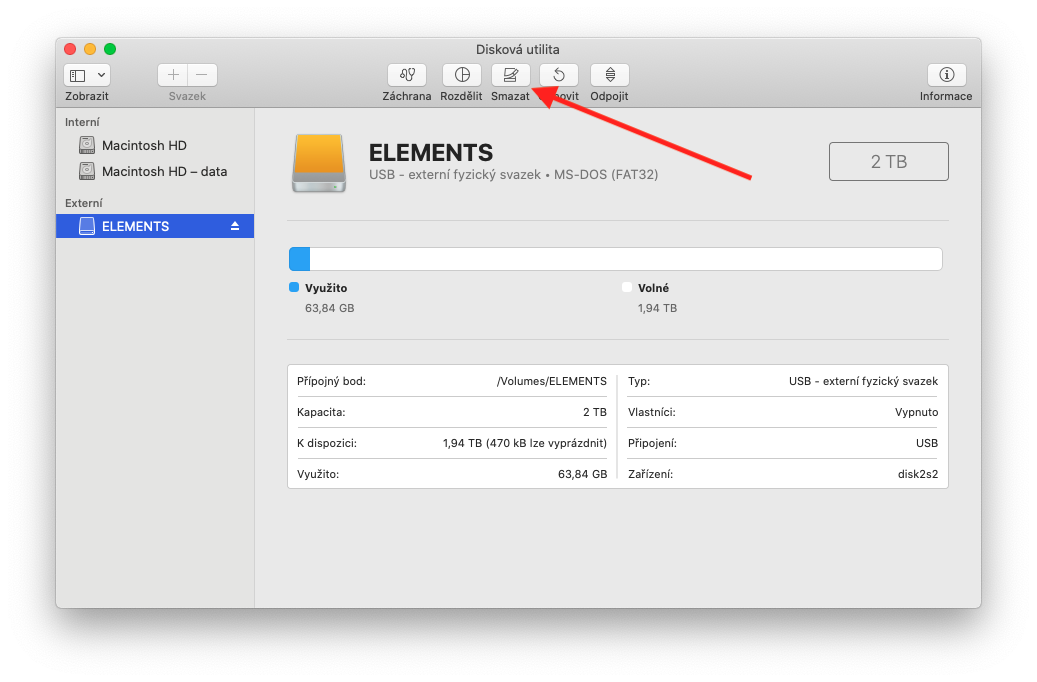


there are system extensions for Mac OS that allow not only reading, but also writing to NTFS formatted disks - e.g. NTFS-3G, etc.
If I buy a disk, I always format it, of course. If I have a Mac, then of course it's for a Mac, and I don't understand the name of the article, because you can upload data to an external drive on a Mac!!! If I want to give an article, I don't push it with a hot needle, but I'll think about it!
I entered exactly the words in the title of the article into the search engine when I was solving the problem, please think more about it yourself
Thanks for the article, but I'm missing information here, what to do if I need to use the external drive alternately on Mac and Windows? I've had an external drive used on a classic PC for several years, but after buying my iMac, writing doesn't work for me - thanks to the article I now know why :-) But what to do if I need the drive for both systems? I note that the disk is large - 1T and thus it is not so easy to just throw the data somewhere...
I am currently dealing with the exact same problem as you. And I hope there is someone here who can advise :-)
Hello, I'm at the same point :)